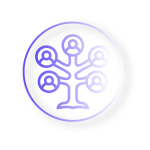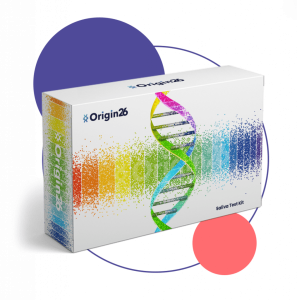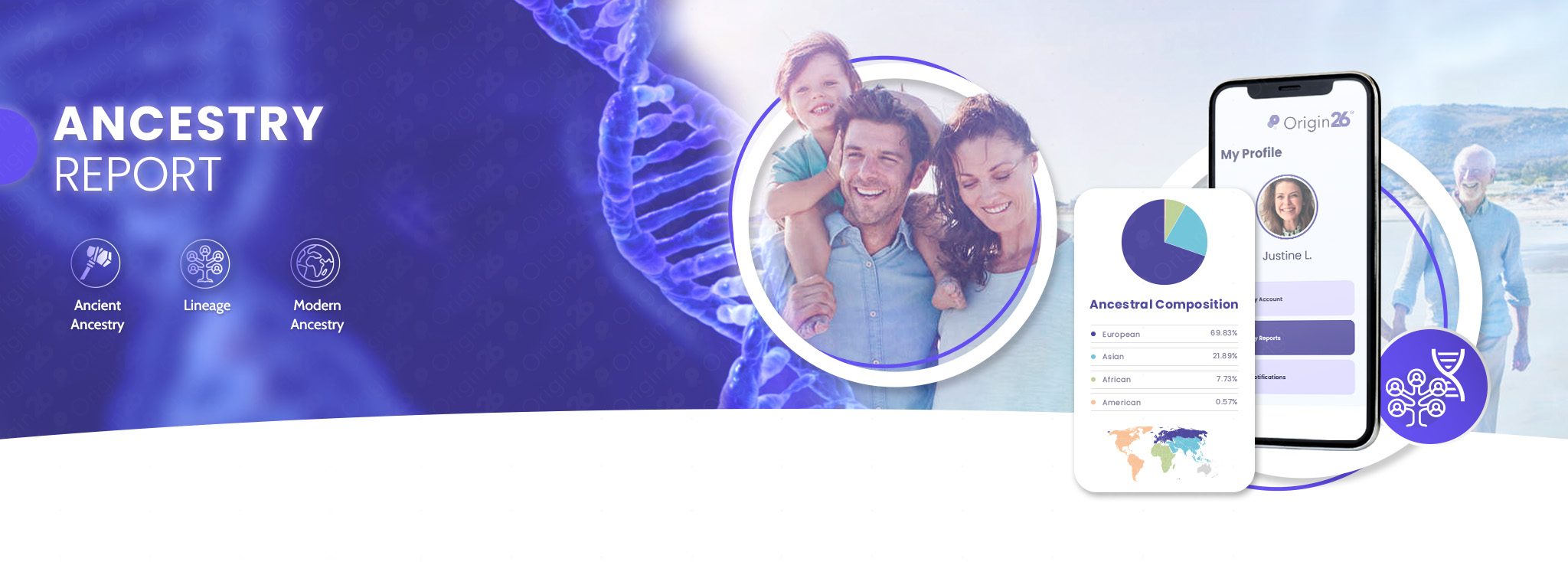
ANCESTRY REPORT
Genetic ancestry testing. in which genetic data are used to estimate the geographic origins of a person’s recent ancestors, has grown rapidly in popularity.
A recent estimate indicates that more than 26 million people worldwide have undergone genetic ancestry testing by direct-to-consumer (DTC) companies. These tests provide information about an individual’s ancestral roots, and they can help to connect people with their relatives, sometimes as distantly related as fourth or fifth cousins. Such information can be particularly useful when a person does not know their genealogical ancestry (eg. many adoptees and the descendants of forced migrants).
Increasingly and not without controversy, genetic ancestry testing is being used beyond its original purpose, for example, to help identify or exclude criminal suspects.2 In the clinical setting, persons may share their ancestry test results with their clinician with the expectation that the results will inform health care decisions.
How it works
Genetic ancestry testing involves the comparison of a large number of DNA variants measured in an individual with the frequencies of these variants in reference populations sampled from across the world.
In this way, considering different aspects of gene-nutrient interaction and designing appropriate diet for every specific genotype that optimize individual health, diagnosis and nutritional treatment of genome instability, we could prevent and control conversion of healthy phenotype to diseases.
Estimates of Ancestry Composition
Breakdown of estimated percentages of ancestry from different worldwide populations ranked from highest to lowest and from continental to regional levels for one of the authors.

ANCESTRY REPORT
Genetic ancestry testing can provide insights on the geographic origins of an individual’s ancestors, as well as some information that can aid in assessment of risk for some heritable conditions.
PERSONALIZED ASSESSMENT
Your Precision Health
Your DNA test includes:
1 DNA sampling kit delivered to your home.
SNP and gene explorer
Laboratory analyzer, follow-up and recommendations
Comprehensive food, nutrition and fitness reports
Personalized nutritional formula
Your secure information

What is Genetics?
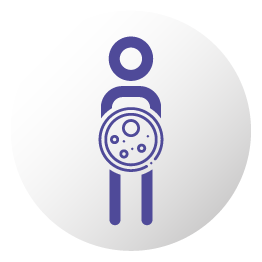
Humans are made up of cells
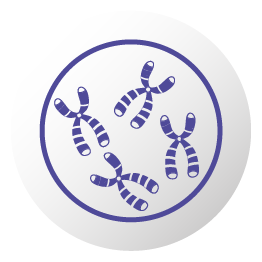
Cells consist of nucleus
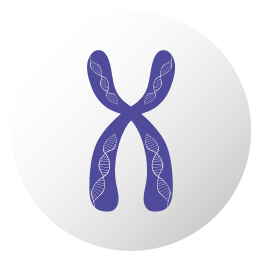
The nucleus is made up of chromosomes
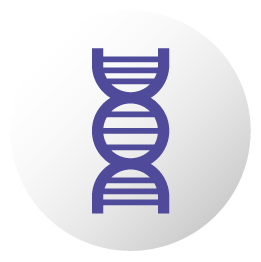
Chromosomes are made up of DNA

DNA is made up of genes
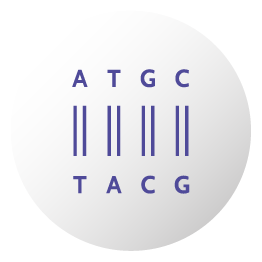
Genes are encoded by nucleotides
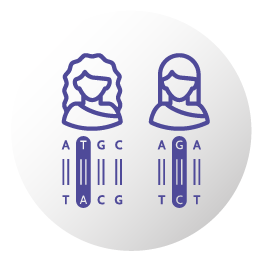
Changes in nucleotides lead to genetic variations
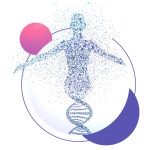
What is Predictive Genetics?
Genetic variations make us all unique

Population prone to curly hair

Population prone to blue eyes

Population at high risk of obesity

Population at high risk of heart attack
- Shils ME, Shike M, Ross AC, Caballero B, J-Cousins R. Modern Nutrition in Health and Disease. 10th ed. lippincott Williams A wolters Kluwer Company; Philadelphia: 2006. Chapter: 39.
- Subbia MT. Nutrigenetics and nutraceuticals: the next wave riding on personalized medicine. Translation Res. 2007;149(2):55–61. – PubMed
- Bull C, Fenech M. Nutrigenomics and nutrigenetics of genome health: nutritional requirements for chromosome stability and telomere maintenance at the individual level. Proc Nutr Soc. 2008;67(2):146–56. – PubMed
- Fenech M. Genome nutrigenomics and nutrigenetics health-nutritional diagnosis and treatment of genome damage on an individual basis. Food Chem Toxicol. 2008;46(4):1365–70. – PubMed
- El-Sohemy A. Nutrigenetics. Forum Nutr. 2007;60:25–30. – PubMed



